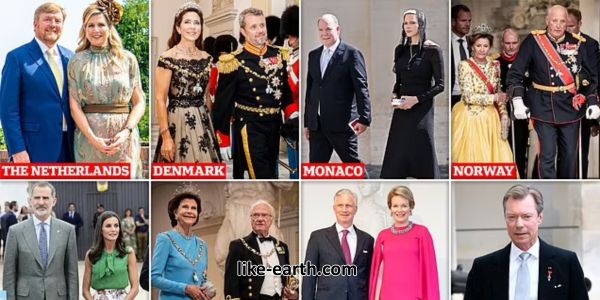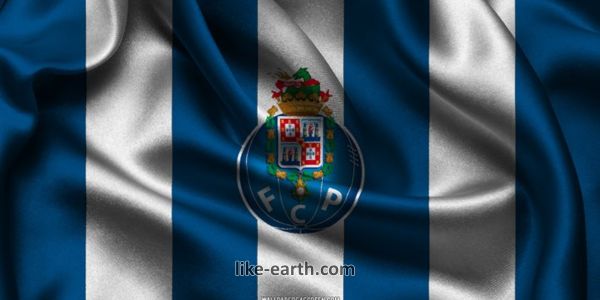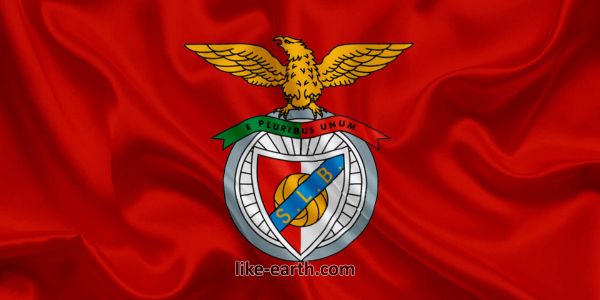Comparison of European Royal Families

Comparison of European royal families today reveals a fascinating blend of history, tradition, and adaptation to the modern world. While monarchies once ruled with absolute power, many have transformed into symbolic institutions. They represent continuity and culture more than governance. This article explores the major royal families in Europe and how they differ in roles, influence, and structure.
The British Royal Family
The British royal family is arguably the most globally recognized. Led by the monarch of the United Kingdom, the British crown combines deep tradition with significant ceremonial duty. As a constitutional monarchy, the British sovereign holds no political power. Yet the family influences society through charity, media, and global recognition. Queen Elizabeth II’s reign exemplified stability, while King Charles III seeks to modernize the monarchy’s role.
The Spanish Royal Family
Spain’s royal family, led by King Felipe VI, serves as the head of state under a parliamentary system. The Spanish monarchy returned after a period of dictatorship under Franco. It now symbolizes unity in a diverse nation. The monarchy has faced scrutiny due to scandals involving former King Juan Carlos I. Nonetheless, Felipe VI is seen as a stabilizing figure dedicated to transparency and democracy.
The Swedish Royal Family
Sweden’s royal family, under King Carl XVI Gustaf, represents a modern, people-friendly monarchy. The Swedish monarchy emphasizes environmental sustainability, education, and social welfare. It has adapted well to public expectations by maintaining a low profile. Princess Victoria, heir to the throne, enjoys strong public support and reflects gender equality in succession laws.
The Dutch Royal Family
The Dutch royal family, headed by King Willem-Alexander, holds a largely ceremonial role. The House of Orange-Nassau is respected for its modesty and accessibility. The royal family participates in public events and national holidays, like King’s Day. Queen Máxima is highly popular due to her charisma and international work in finance and development.
The Norwegian Royal Family
Norway’s royal family, led by King Harald V, is admired for its humility and deep connection with the people. Despite limited political power, they are actively involved in humanitarian and cultural efforts. Crown Prince Haakon and Crown Princess Mette-Marit are viewed as progressive figures who bring a modern touch to the monarchy.
The Belgian Royal Family
Belgium’s monarchy, with King Philippe at the helm, symbolizes national unity in a country divided by language and culture. The royal family plays an important diplomatic role and supports various social causes. Unlike other monarchies, the Belgian royals tend to avoid excessive media attention and focus on maintaining discretion and dignity.
Major Differences Between These Royal Families
- Constitutional Structure: All operate under constitutional frameworks, but ceremonial duties vary.
- Public Image: The UK and Dutch royals enjoy extensive media coverage. Scandinavian royals prefer modesty.
- Gender Equality: Sweden and Norway allow absolute primogeniture. Some monarchies still prioritize male heirs.
- Succession Laws: Laws vary—some follow modern rules, while others retain traditional norms.
- Political Involvement: None have true power, but levels of influence differ.
Modern Challenges and Adaptations
European royal families face increasing pressure to remain relevant. They must justify public funding and maintain public support. Transparency, charity work, and modernization are key strategies. Social media is now a major tool to connect with younger generations.
The Role of Royal Families in Diplomacy
Although ceremonial, royal families play a crucial diplomatic role. They represent their nations abroad, foster international relationships, and promote culture. State visits, royal weddings, and global events often highlight their soft power.
Cultural Impact of Monarchies
Monarchies have shaped European identity. Palaces, coronations, and royal traditions draw millions of tourists. The royal families preserve languages, festivals, and rituals that define national heritage.
Future of European Monarchies
As democratic values strengthen, monarchies must evolve. Public interest, media behavior, and economic transparency will shape their future. While some predict decline, others believe royal families will endure by embracing symbolic leadership roles.
Conclusion
The comparison of European royal families today shows a rich tapestry of culture, evolution, and adaptation. From the British and Spanish courts to Scandinavian palaces, each royal house balances tradition with the demands of the 21st century. Their survival depends on public trust, relevance, and the ability to reflect societal values. For more insights on royal institutions and global culture, visit Like Earth.
Stay Updated
Follow the latest royal updates and historical facts through our WhatsApp Channel: European Royal Watch.



